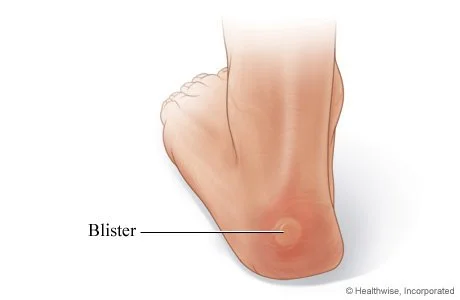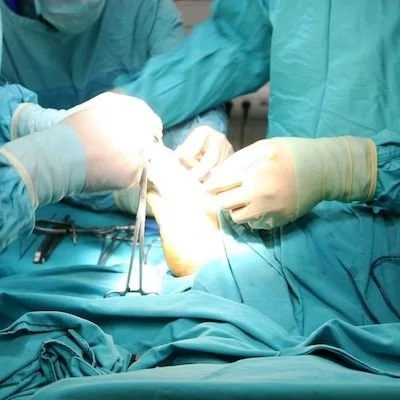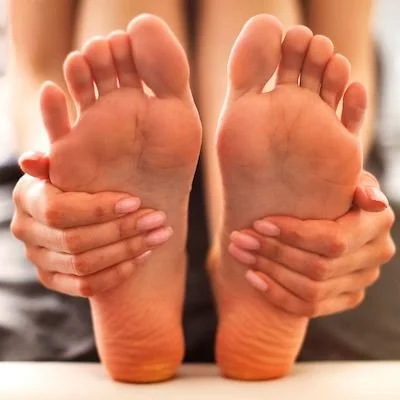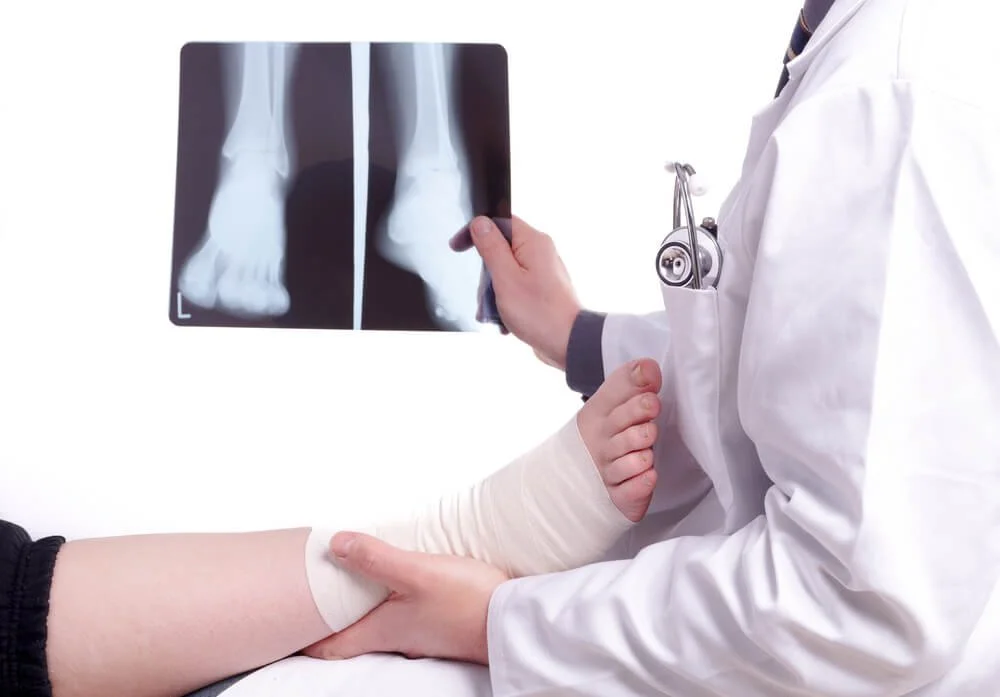Podiatrists in
Hamilton, NJ
The podiatrists and staff of Dr. James Ricketti & Associates, provide state of the art diagnostic and treatment options for your foot and ankle problems. We tailor treatments to each patient based upon their individual needs, physical and medical status, age and activity level.
Foot & Ankle Health Blog
Our years of teaching and practice experience allow us to utilize therapy that is successful - not necessarily therapy that is merely in "vogue." Our experience and use of the latest diagnostic tools allows us to make the correct diagnosis of your problem and apply the appropriate treatment to get you back on your feet as fast as possible. We pride ourselves on informing our patients of all treatment options. We make sure that they fully understand their treatment plan and expected outcome, using appropriate educational materials to assist the patient's understanding.
Dealing with Stress Fractures of the Foot and Ankle
Stress fractures in the foot and ankle happen when muscles become weak due to too much or too little use.
Blisters on the Feet
Blisters are a common ailment of people who wear shoes that are either too tight or rubbed up against their feet in the wrong way while wearing them.
About Plantar Warts
If you have a plantar wart you may notice some pain when standing, or just some tenderness on the sole of your foot. You will be able to see a fleshy wart, unless it has grown into the foot behind a callus.
Toenail Fungus
For many people, toenail fungus can be not only unsightly but also embarrassing. The condition is frustrating as it can be very persistent and difficult to get rid of.
When Foot Surgery is Necessary
When non-invasive procedures fail to help with issues pertaining to the foot, sometimes foot surgery may be necessary.
Poor Blood Circulation in the Feet
Poor blood circulation in the feet and legs is often caused by peripheral artery disease (PAD), which is usually the result of a build up of plaque in the arteries.
Rheumatoid Arthritis in the Feet
Although rheumatoid arthritis actually attacks multiple bones and joints throughout the entire body, ninety percent of people who actually develop this condition usually do so in the foot or ankle area.
Ingrown Toenail Care
An ingrown toenail is caused when a toenail grows sideways into the bed of the nail, causing pain and swelling. Sometimes this can become infected causing drainage and may become serious.
What is a Podiatrist
A person seeks help from the field of podiatry when they need treatment for heel spurs, bunions, arch problems, deformities, ingrown toenails, corns, foot and ankle problems, infections, and problems with the foot that are related to diabetes and additional diseases.
Sever's Disease
Sever's disease, also known as calcaneal apophysitis, is a medical condition that causes heel pain in one or both feet of children during the period when their feet are growing.
Everything You Need to Know About Gout
Gout, typically found in diabetic patients, is an unusually painful form of arthritis caused by elevated levels of uric acid in the bloodstream.
Corns: What Are They and How Do You Get Rid of Them?
Corns are circular or cone-shaped and are commonly found on the feet where there are areas of pressure or friction, such as on the little toe where it may rub against shoes or on the ball of the foot.
Ankle Sprains
Ankle sprains can be quite the painful experience. Often times the injured person will experience limited mobility, swelling, and, depending on the severity, discoloration of the skin.
Effects of High-Heels on the Feet
Wearing high-heels regularly, especially very high ones, can have long term negative effects on many other parts of the body, as well as the feet.
Plantar Fasciitis
Plantar fasciitis is a foot problem affecting the plantar fascia, a connective tissue in the heel. This condition is treatable, but in many cases can take up to a year to be effective.
Broken Foot Causes, Symptoms, and Treatment
A broken foot is when one of the bones located in the foot fractures, or breaks. About 10% of broken bones occur in the foot.
Diabetic Foot Care
Diabetes affects millions of people each year. Diabetes damages blood vessels in all parts of the body, including the feet.
Preventing Your Toenails from Experiencing Multicolor
When your toenails experience a color change, it means you are experiencing an issue with your feet, but it can also mean you have a problem with your body that you may not be aware of.




















